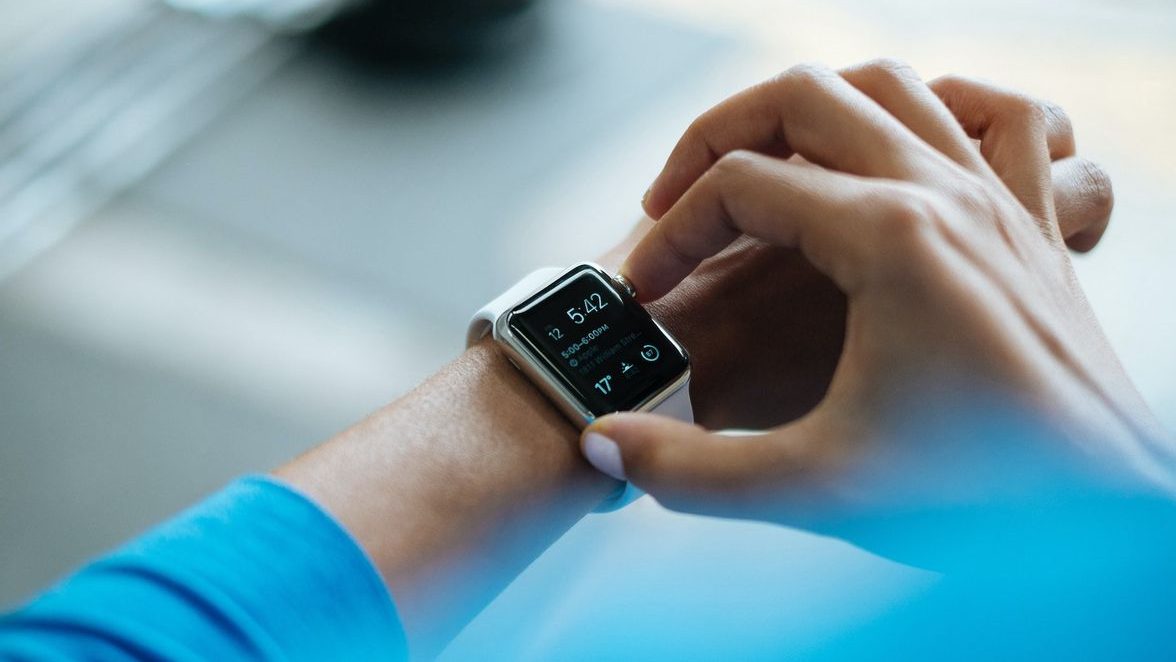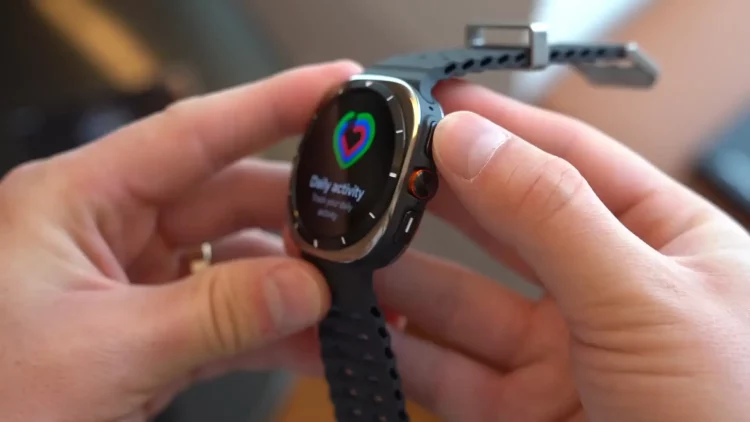In recent years, wearable devices have become ubiquitous in our daily lives, from smartwatches to fitness trackers, providing us with real-time data about our health and wellness. Devices like the Apple Watch, Fitbit, and Garmin have made it easier for people to monitor their physical activity, sleep, heart rate, and even stress levels, all from their wrists. But the burning question remains: Can wearable devices truly improve our health, or are they just a passing trend?
In this article, we will explore the effectiveness of wearable devices in improving our health, their benefits, limitations, and the science behind their claims. We’ll also delve into whether these gadgets are genuinely enhancing our well-being or merely contributing to a health-focused obsession.
1. What Are Wearable Devices?
Wearable devices, also known as wearables, are electronic gadgets designed to be worn on the body, typically on the wrist, skin, or clothing. They track various health-related metrics, allowing users to monitor their physical activity, biometrics, and sometimes even mental health.
Some of the most common features of wearable devices include:
- Step counting and physical activity tracking (e.g., steps walked, distance traveled, calories burned).
- Heart rate monitoring (tracking resting heart rate, target heart rate zones during exercise).
- Sleep tracking (tracking the quality and duration of sleep).
- Stress management (monitoring heart rate variability, providing relaxation exercises).
- Blood oxygen levels (SpO2 monitoring).
- Electrocardiogram (ECG) and arrhythmia detection (available on advanced devices like the Apple Watch).
These devices sync with mobile apps and provide users with detailed insights into their health patterns, allowing them to make informed decisions and take proactive steps toward healthier living.
2. The Positive Impact of Wearable Devices on Health
2.1. Enhanced Physical Activity Tracking and Motivation
One of the most significant benefits of wearables is their ability to encourage users to stay active and improve their physical fitness. Step counters, exercise trackers, and activity reminders push users to engage in regular movement. Many devices set daily goals, such as walking 10,000 steps, and alert users when they’ve achieved them.
- Real-time feedback: Wearables provide instant feedback on your exercise performance, motivating users to continue pushing their limits. For instance, a fitness tracker may display how many calories you’ve burned or how many steps you’ve taken, helping you track progress toward your fitness goals.
- Increased awareness: Studies have shown that people who track their daily activity with wearables tend to be more active. The constant reminder to move can lead to healthier lifestyle habits and improved physical fitness over time.
- Personalized fitness plans: Some wearable devices provide customized workout recommendations based on a user’s fitness level and goals. This can help users achieve specific health and fitness targets, such as weight loss, muscle building, or cardiovascular improvement.
2.2. Improved Sleep Quality
Wearable devices that track sleep offer valuable insights into your sleep patterns, such as how long it takes to fall asleep, how much deep sleep you get, and how often you wake up during the night. Sleep tracking can help users identify poor sleep habits, which may be affecting their overall health.
- Sleep stage tracking: Many wearables can break down your sleep into various stages, such as light sleep, deep sleep, and REM (rapid eye movement) sleep. This data can help individuals understand the quality of their sleep, not just the duration.
- Sleep improvement: By identifying patterns, wearables can suggest improvements in your sleep hygiene, like going to bed at consistent times or limiting screen time before sleep, thereby helping you achieve better rest.
- Health implications: Consistently poor sleep has been linked to a wide range of health issues, including heart disease, diabetes, and depression. By improving sleep quality, wearables indirectly contribute to better long-term health outcomes.
2.3. Early Detection of Health Issues
Some advanced wearable devices can monitor vital health metrics like heart rate, blood oxygen levels (SpO2), and electrocardiograms (ECG), which can serve as early indicators of potential health issues. For instance:
- Heart rate monitoring: Consistent tracking of your heart rate can help detect unusual spikes or drops, potentially indicating heart arrhythmias, stress, or cardiovascular problems.
- ECG monitoring: The Apple Watch, for example, includes an ECG feature that can detect signs of atrial fibrillation (AFib), a common heart condition that can lead to stroke if left untreated. Early detection allows users to seek medical attention before the condition progresses.
- Blood oxygen levels: Tracking SpO2 levels can help detect respiratory issues, such as sleep apnea or even COVID-19 in some cases, by indicating abnormal oxygen levels in the blood.
By offering continuous monitoring and the ability to detect early signs of medical issues, wearables can serve as an early warning system, prompting users to seek medical help before symptoms become serious.
2.4. Mental Health and Stress Management
Many wearables now come equipped with features that help users manage stress and improve mental well-being. These include:
- Heart rate variability (HRV) tracking: HRV is a measure of the variation in time between heartbeats and is often used as a sign of stress. Some wearables monitor HRV to help users gauge their stress levels and learn how to manage them.
- Breathing exercises and relaxation features: Many devices include features that guide users through breathing exercises to reduce stress. For instance, the Apple Watch offers guided breathing sessions to help users relax and focus on their breath.
- Mindfulness reminders: Regular notifications to take a moment for mindfulness can encourage users to practice mental health activities throughout the day, such as meditation, deep breathing, or simply taking a break.
3. Challenges and Limitations of Wearable Devices
Despite their numerous advantages, wearable devices also have limitations and challenges that must be considered.
3.1. Data Accuracy and Reliability
While wearable devices can provide helpful data, the accuracy of some of their readings is often called into question. For example:
- Heart rate readings can sometimes be inaccurate, especially during high-intensity activities or when the device is not worn correctly.
- Sleep tracking features, while useful, can be imprecise, as wearables may struggle to differentiate between light sleep, deep sleep, and waking up.
The data provided by these devices should therefore be interpreted with caution, and users should not rely entirely on wearables for medical diagnoses or decision-making. For critical health concerns, it’s essential to consult healthcare professionals.
3.2. Dependency and Psychological Impact
Some users may become overly reliant on their wearable devices, constantly obsessing over metrics like steps, calories burned, or heart rate. This over-reliance can lead to unhealthy behaviors, such as:
- Exercise addiction: Compulsive exercise based on fitness data can lead to burnout, injuries, or unhealthy lifestyle habits.
- Health anxiety: Constantly monitoring health metrics can create anxiety or stress, particularly if the data is interpreted incorrectly.
Wearables should be seen as tools for improvement, not as means for perfection. It’s important to maintain a balanced approach and not let the data drive unhealthy behaviors or interfere with mental well-being.
3.3. Battery Life and Device Limitations
While modern wearables have made significant improvements in terms of functionality, battery life is still a limiting factor. Many devices require regular charging, which can disrupt the constant monitoring of health metrics. Users who forget to charge their devices might miss valuable data on their health.
Furthermore, while wearables can track many aspects of our health, they can’t measure everything. For instance, they can’t account for the complex interplay between genetics, environment, and emotional health in the same way a doctor can.

4. The Future of Wearable Devices in Healthcare
The future of wearable devices in healthcare looks promising, with continuous advancements in technology. As these devices become more accurate, capable, and integrated with healthcare systems, their potential to improve health outcomes will only increase. Some exciting developments on the horizon include:
- Integration with AI and machine learning: Wearables that can analyze data using advanced algorithms will be able to offer even more personalized health insights.
- Integration with medical devices: Future wearables may be able to sync directly with medical devices, like glucose monitors or blood pressure cuffs, providing seamless data for healthcare providers.
- Improved accuracy: With advancements in sensor technology, the accuracy of wearable devices will continue to improve, making them even more reliable for health monitoring.
5. Conclusion: Are Wearable Devices Truly Effective?
Wearable devices undoubtedly offer several benefits when it comes to improving health. They encourage physical activity, track sleep patterns, help manage stress, and even provide early detection of health issues. The ability to track and manage personal health metrics can lead to more proactive health management and preventive care, reducing the likelihood of chronic conditions and enhancing overall well-being.
However, the effectiveness of wearables is not without its challenges. Issues like data accuracy, over-dependence, and mental health impacts must be addressed for wearables to reach their full potential. While these devices can be a valuable tool in managing health, they should be used in conjunction with expert medical advice rather than as substitutes for professional care.
Ultimately, wearable devices can indeed improve our health—but only if used with a balanced approach and in conjunction with healthy lifestyle habits. As technology continues to evolve, the potential for wearables to significantly enhance health management and improve outcomes will only increase.










































